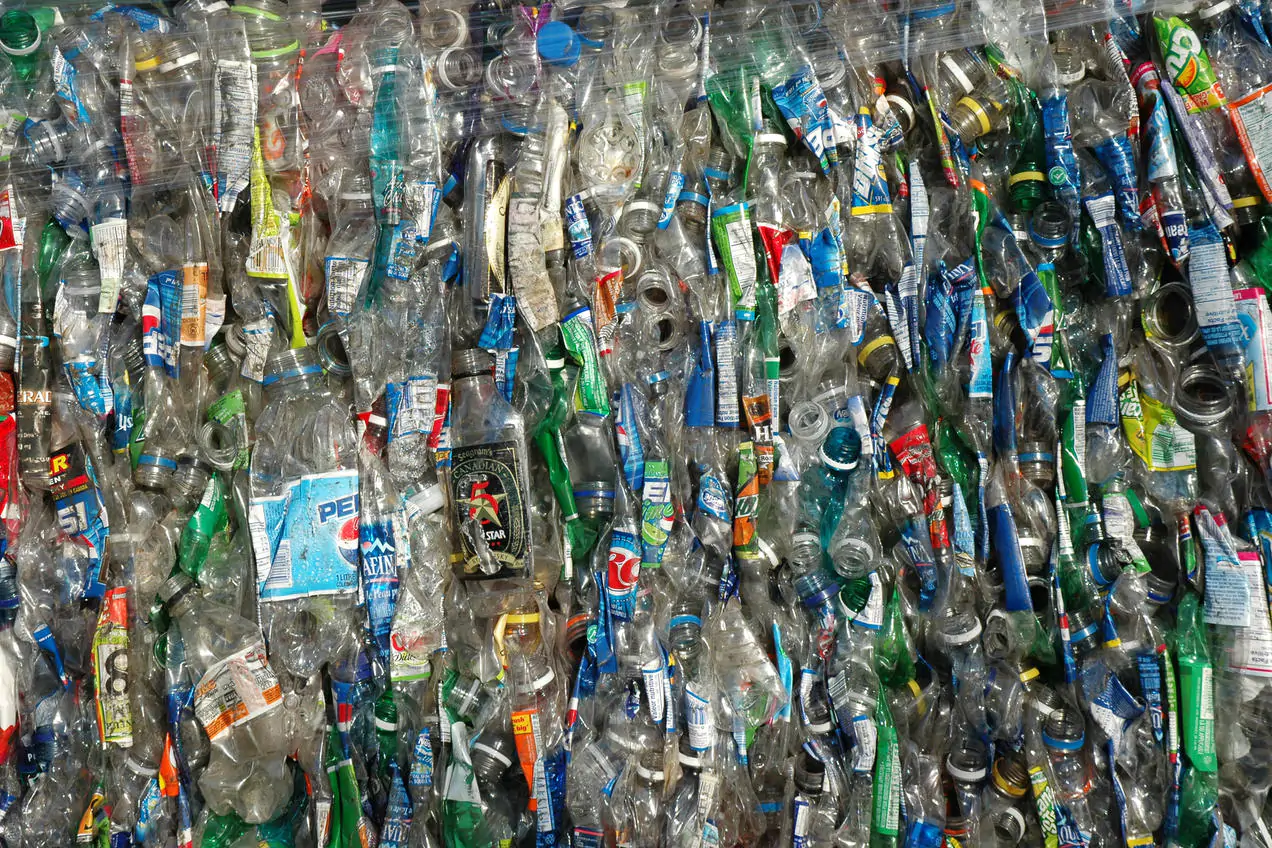6 Eco-friendly Habits for Your Home
We’ve already begun to see the adverse effects of climate change around us. Global temperature is expected to rise by 1.5 degrees Celsius (2.7 degrees Fahrenheit) by 2050, according to the Wisconsin Department of Natural Resources. The UN has urged everyone to contribute to this fight against climate change. You’d be surprised at how little actions can pile up to make a huge difference.
Since every household has its own routine and way of doing things, not all steps are feasible for everyone to take. The internet is a wonderful resource to learn more about climate change and discover the ways in which you can help save the environment. From charities to volunteer work and spreading awareness, there are so many ways you can help save the environment.
When you’re researching online, make sure to use a good internet connection so you can get more stuff done in less time. For this, you can use CenturyLink because it offers speeds of up to 940 Mbps. Contact CenturyLink Customer Service today and elevate your internet experience. Coming back to the topic, here are some actionable eco-friendly tips you should know about.
- Recycle more often
Whatever we consume or utilize, be it food, clothes, appliances, etc., is usually a result of some sort of process, which requires energy to execute. According to the UN World Food Programme, almost one-third of the food produced is wasted every year globally. Come to think of it, we can have zero food shortage if all the food is distributed and utilized properly.
Besides food, all of our waste goes into landfills where it’s buried and emits greenhouses like Methane and Carbon Dioxide. These greenhouse gases then raise the temperature by trapping the radiation coming from the sun and raise the temperature. The best way to reduce these greenhouse gases is to recycle more often. Make sure to categorize your waste so that every item is recycled properly.
- Conserve water
Did you know that the earth’s freshwater reserves are only 3%, and the rest of the water is unfit for drinking? Moreover, it’s not easily accessible in every part of the world and some countries have resorted to alternate freshwater production techniques like desalination. The desalination process is pressure-intensive and requires a lot of energy to process water.
Although the world is slowly moving towards renewable energy sources, a significant portion of the current power generation comes from thermal sources like coal, oil, and liquid natural gas. We can start consuming less water so there is plenty to go around. This also helps conserve our natural water resources like rivers, lakes, and aquifers so they can be utilized in agriculture.
- Stop using plastic storage containers
Plastic is made from petroleum, which is a type of fossil fuel that harms the environment. Even when these plastic items are buried, their decomposition process is so slow that it can take hundreds of years for them to completely decompose. The plastic waste, when thrown into rivers, reaches the oceans where it adversely affects marine life. You can try using bags made of cloth or recyclable material when you’re out shopping. You can use other non-toxic materials like glass, stainless steel, and bamboo.
- Conserve energy
As you now know how most of the energy is produced, consider reducing your electricity usage. If we use more energy, the power generation sector is forced to amp up production, which results in increased pollution and greenhouse gases.
- Plant more trees
Naturally, our ecosystem is designed for humans and plants to survive in co-dependence. Humans inhale oxygen produced by plants and exhale carbon dioxide, which is then consumed by plants. However, rapid urbanization and deforestation have adversely affected forests and plantations. These forests play a very important role in keeping the earth’s environment habitable for all life.
If every one of us takes charge of planting a few trees every now and then, it can make a massive difference. Make sure to tend to the plants afterward until they’re fully self-sufficient.
- Go paperless
Paper is one of the major reasons for deforestation as it’s processed from the wood pulp obtained from trees. According to Dartmouth, a single tree can make up to 16.67 reams of paper or about 8,333 sheets. Technology has made it easier for us to go paperless without experiencing much discomfort. You can pay for everything digitally and only get electronic receipts. For times when you really need to use paper, you can try using recycled or sustainably produced paper.
Conclusion
To recap, we all need to play our part in making the earth safe for future generations and us. Admittedly, some of the steps might cause a bit of discomfort and inconvenience, but we owe it to our planet to not destroy it. Consume responsibly and stay well.





